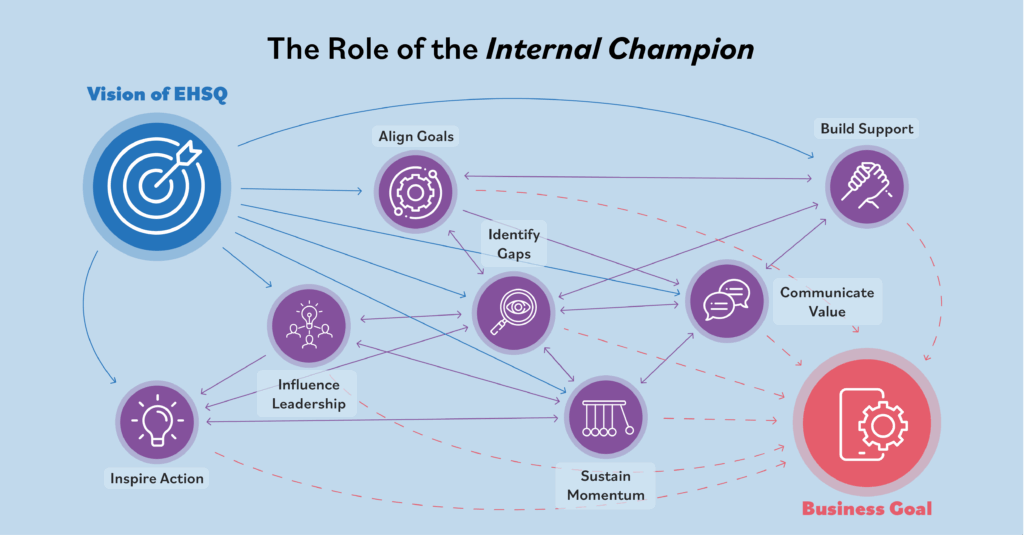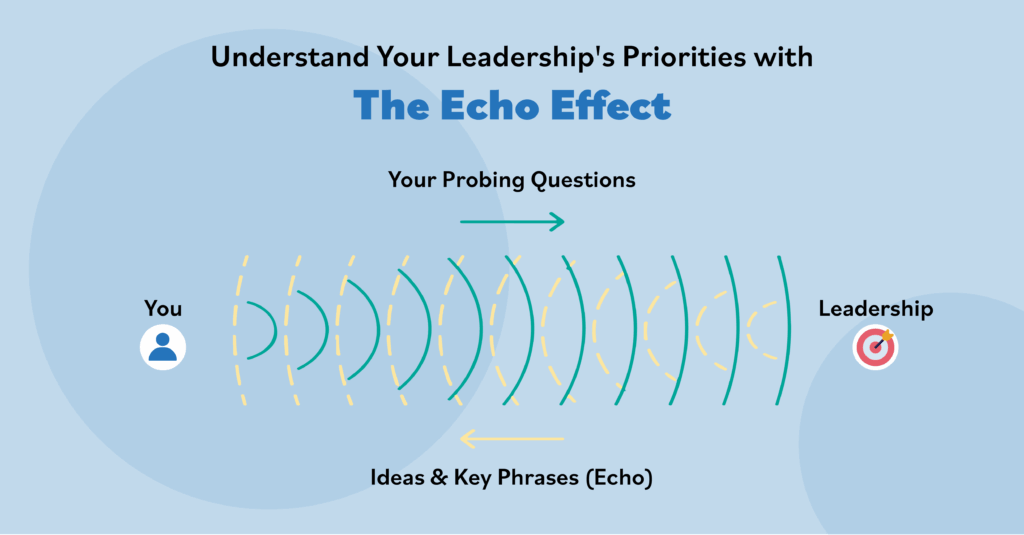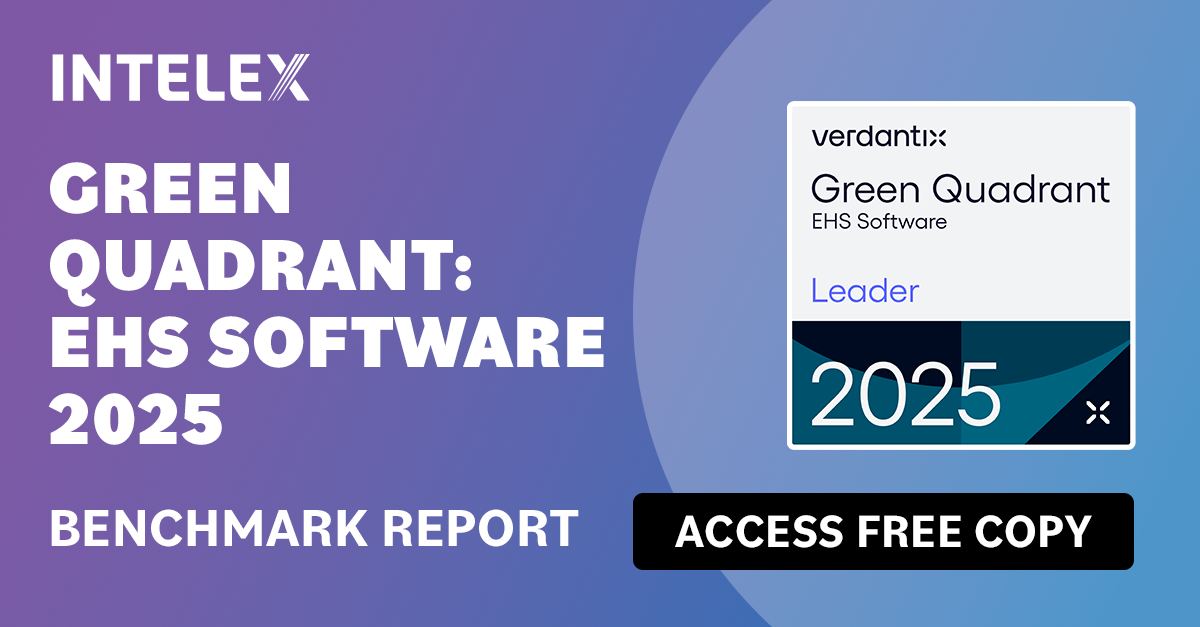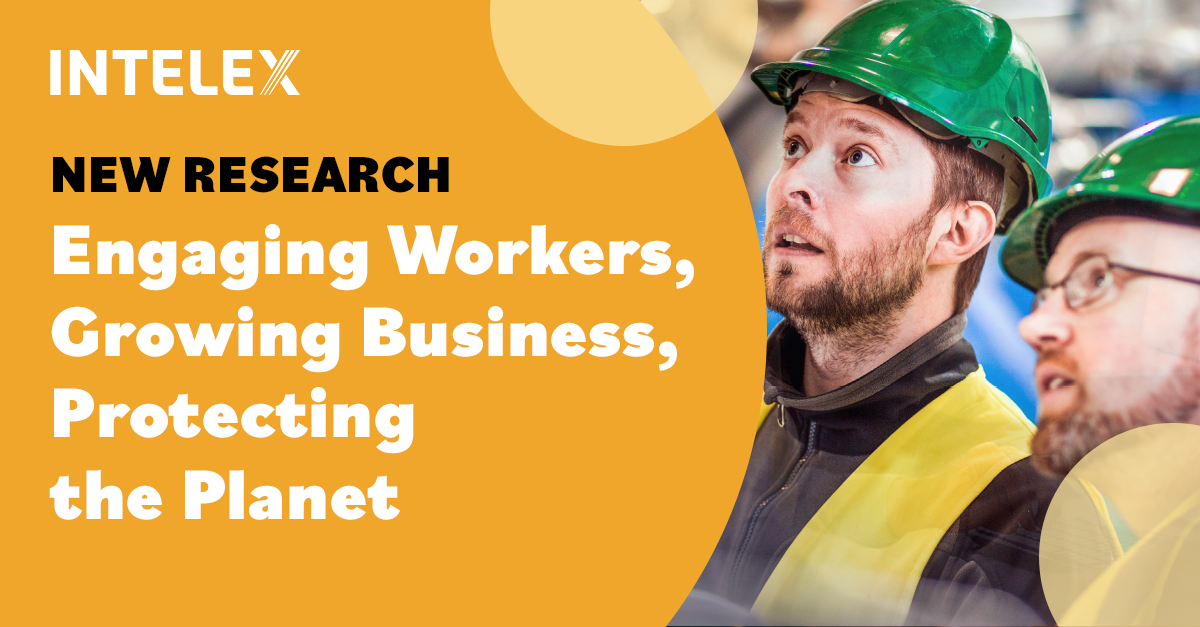The Internal Champion’s Playbook: How to Build Executive Buy-In for EHSQ Software
October 9, 2025
4 minute read

You have a clear vision for what strong environmental, health, safety, and quality (EHSQ) programs can look like in your organization.
And you understand that improved EHSQ software delivers measurable benefits, helping you achieve your vision.
When you align your organization’s goals with the right processes and tools, you create the momentum to drive real, lasting change.
To move your vision forward, others need to understand both its value — and why now is the time to act.

How to position the idea of change to leadership
You play a critical role in building executive support. By asking questions that reveal what’s not working and fostering open conversations about what’s possible, you help others recognize the need for something better.
Questions to prompt discussion with leadership
- How confident are we that our current EHS system gives us accurate visibility across all areas of the business?
- Is our EHS system enabling teams to drive continuous improvement or is it primarily a tool for maintaining compliance?
- How often do different parts of the organization share, compare, or collaborate around safety and performance data?
- If a major incident occurred tomorrow, how quickly and clearly could we report on our controls, training, and historical trends?
- Where are we most at risk when it comes to EHS data quality, consistency, and completeness?
- Are we set to scale EHS performance tracking if the business grows, acquires new units or eventually IPOs?
As you ask these questions, consider how you frame the conversation. You’re not just identifying gaps, you’re listening for key ideas and phrases to make your business case undeniable.
These conversations help you understand leadership’s priorities and echoing key ideas and phrases to align your vision with leadership’s objectives.

How to be a strategic partner
1. Underscore the pain points and misalignment in the current system. For example, multiple tools, siloed data, or excessive manual work. These highlight opportunities for cost savings and efficiency.
2. Surface risk and inefficiency by maintaining the status quo. Take a consultative, solution-oriented approach, not a confrontational one.
3. Illustrate the value of a scalable platform that centralizes key systems while still allowing individual teams or locations to work in ways that make sense for them.
Talking points that resonate with leadership:
- We spend a lot of time working around the system instead of the system helping us to work smarter.
- Consolidation doesn’t mean giving up control. We can centralize and still preserve team autonomy.
- We have the chance to create a system that enhances transparency, accelerates decision-making, and improves our ability to achieve business objectives efficiently.
- If we don’t modernize how we track and manage EHS, we risk operational and reputational setbacks.
Multi-thread stakeholders to strengthen internal buy-in
The champion isn’t expected to push EHSQ modernization forward alone. You need a coalition.
Involving internal stakeholders from multiple departments early on helps round out your buyer table and accelerate approvals.
Start by looping in IT to ensure technical alignment, data security, and integration feasibility. Engage HR, Operations, or Communications to socialize the vision across teams and build cultural momentum. If this is a formal project or capital expense, involve Procurement early to ensure a smoother approval process.
The more insight and support you gather across departments from the outset, the stronger your internal case and the greater your chances of launching the program successfully.
The champion’s role in driving change
Change often starts with someone who sees the gaps, believes in a better way, and takes the first step. That’s the role of the champion.
By asking the right questions and framing a path forward, you shape the future of EHSQ in your organization.
And you don’t have to do it alone. The right software partner will support you every step of the way — helping you build the business case, engage leadership, and implement a system that actually works for your teams.
Need help building your business case?
Whether you need help framing ROI, justifying the project, or preparing for stakeholder conversations, Intelex has resources and experts ready to support you. Book a call.






